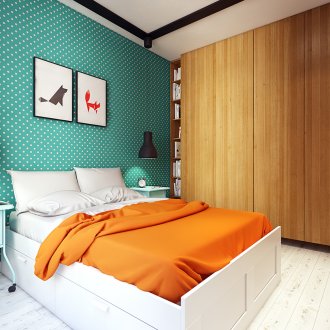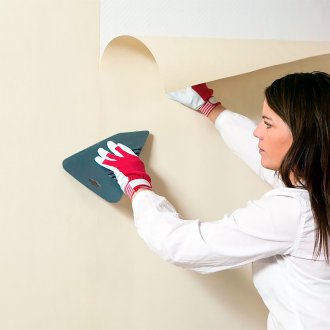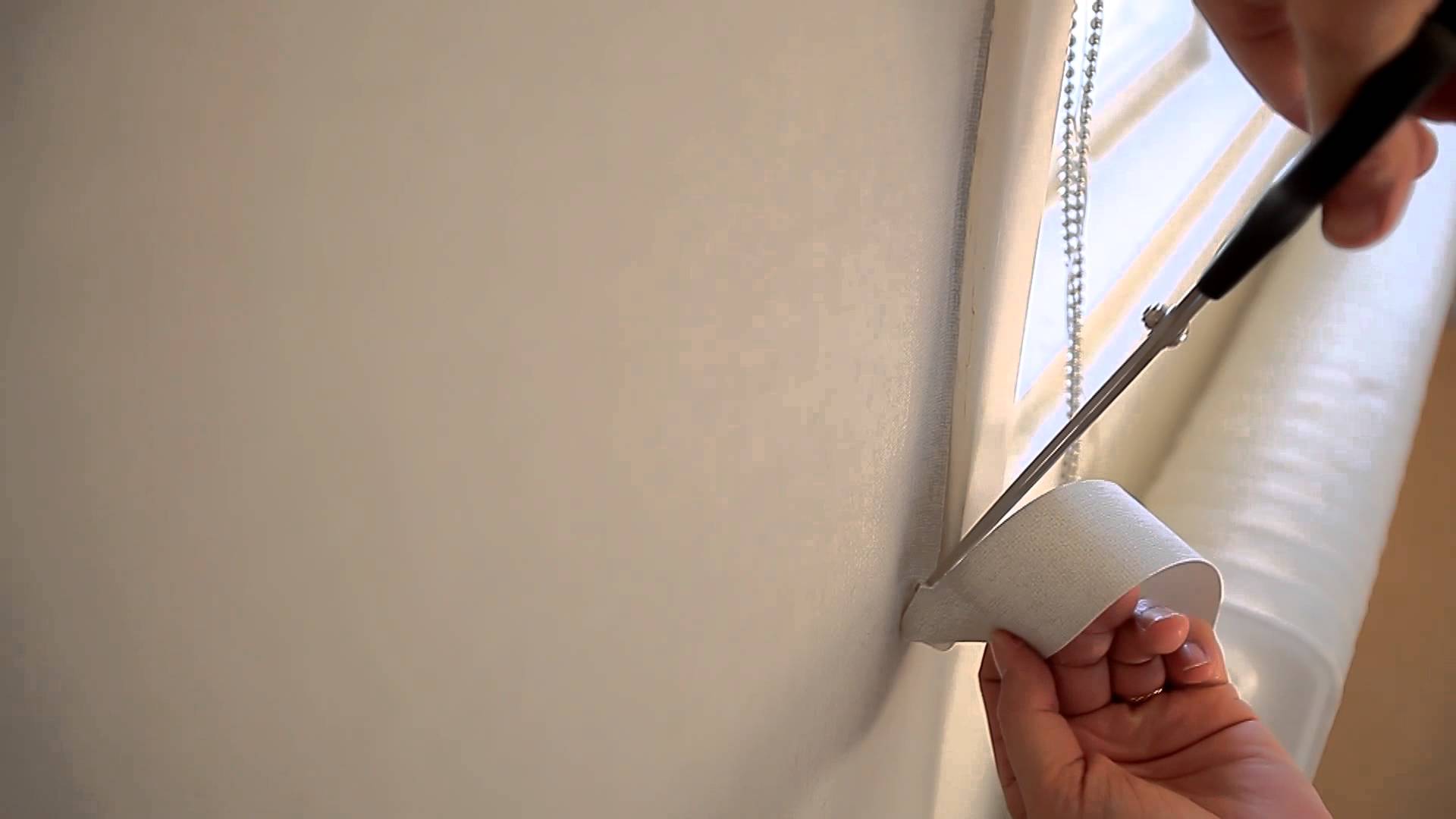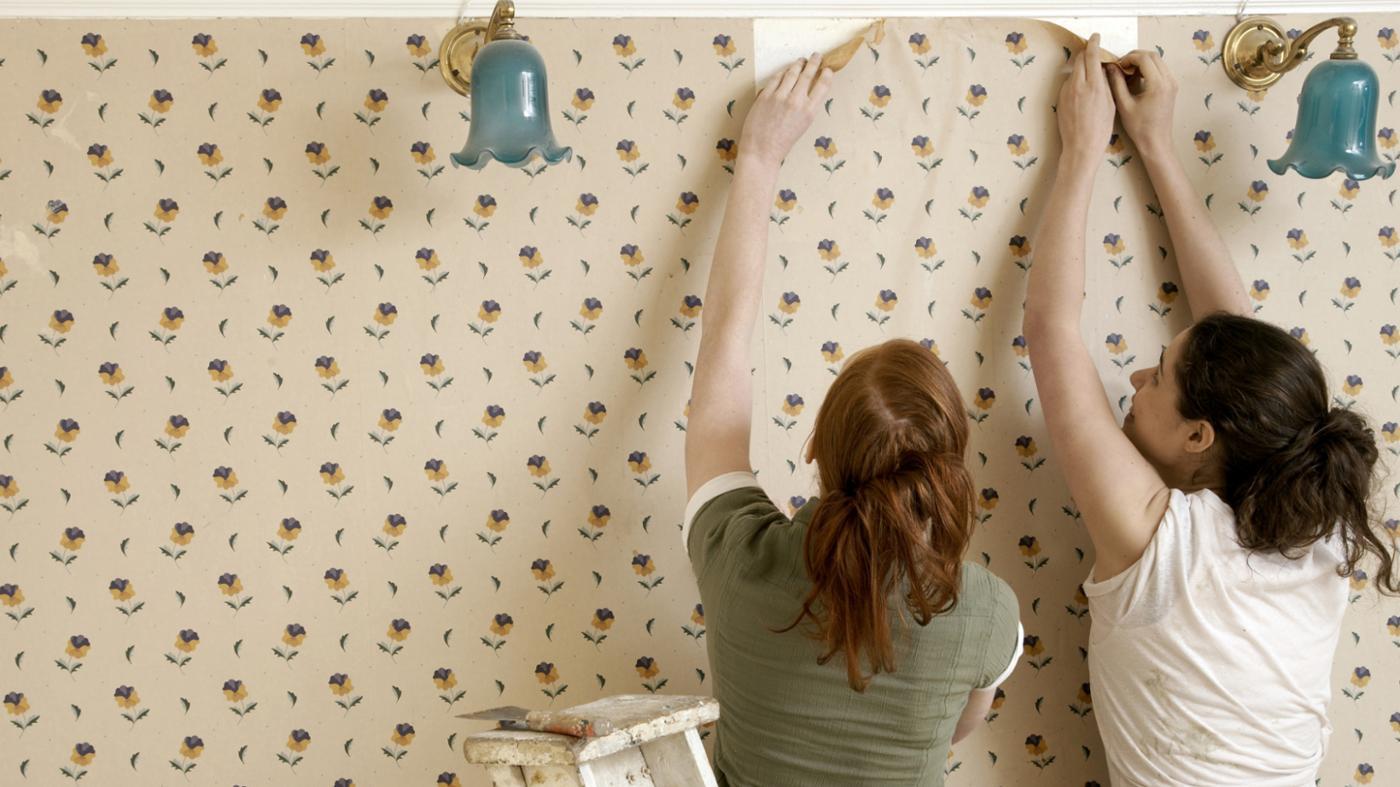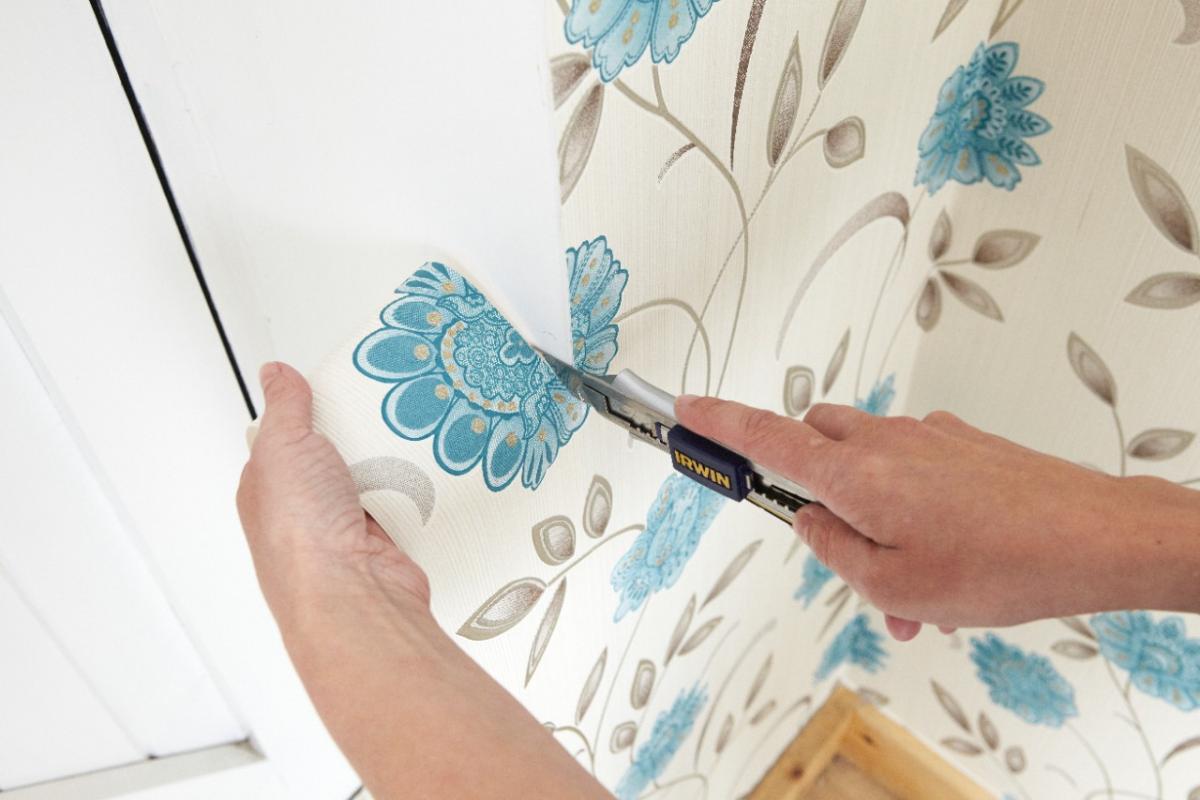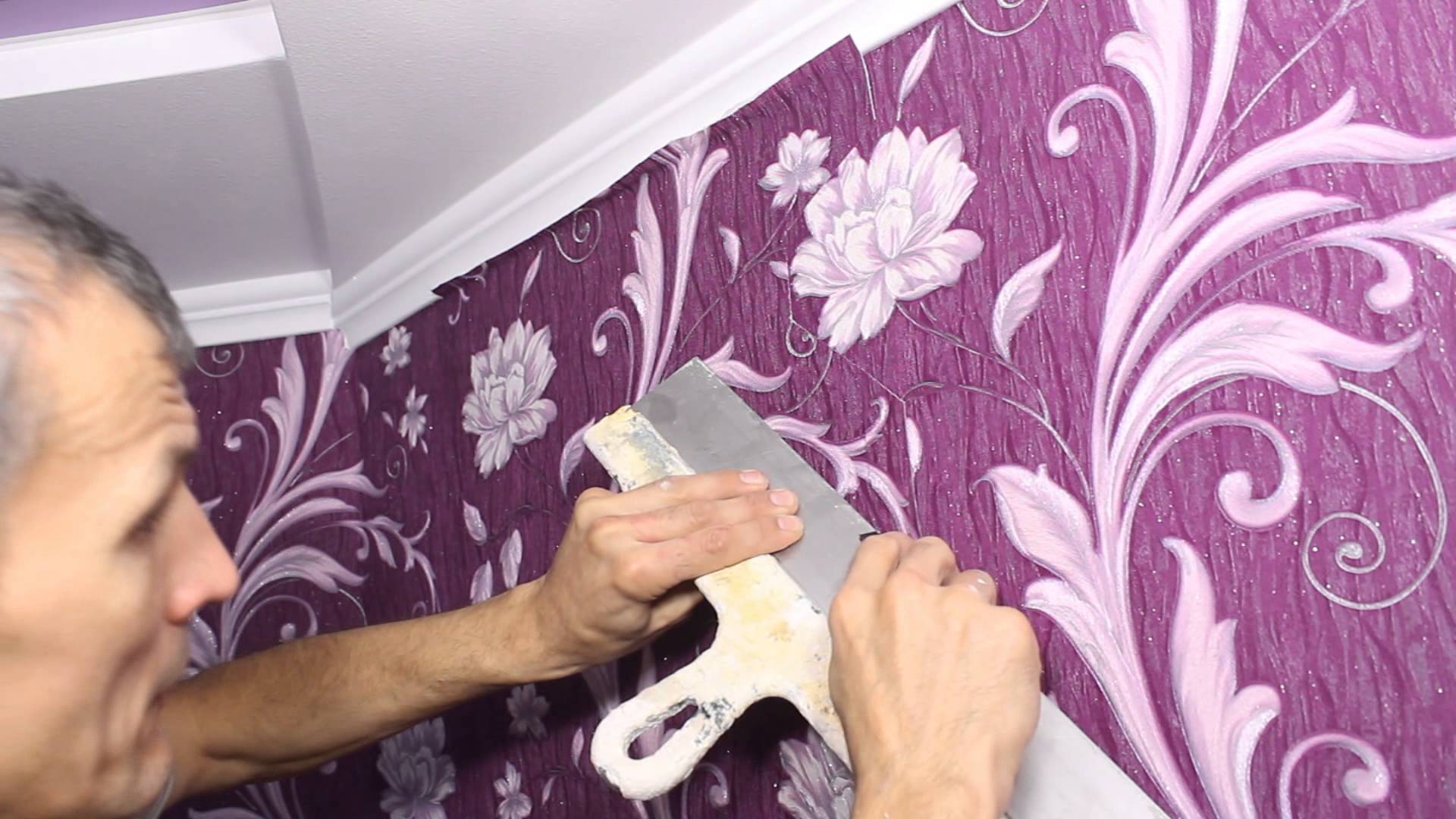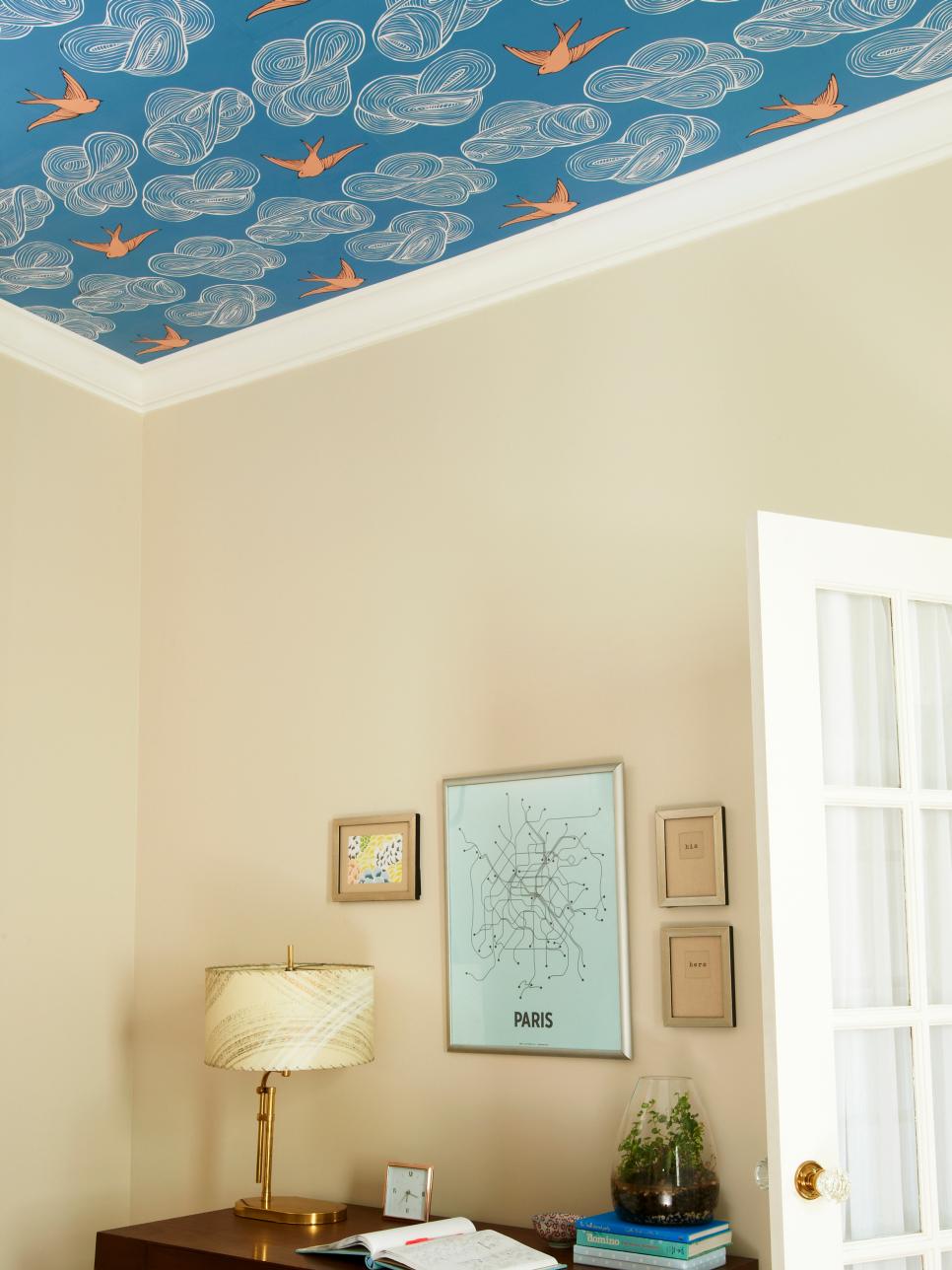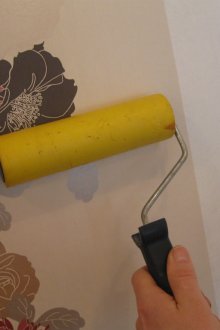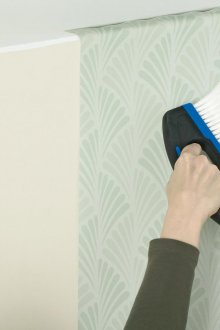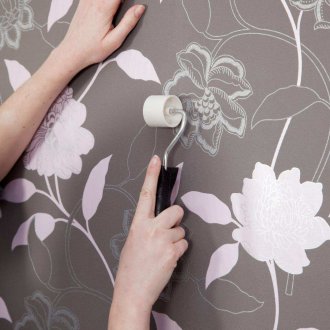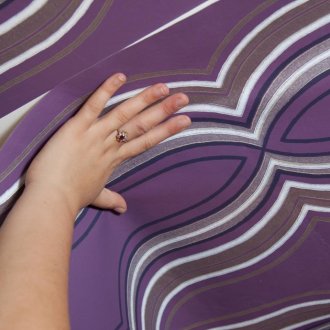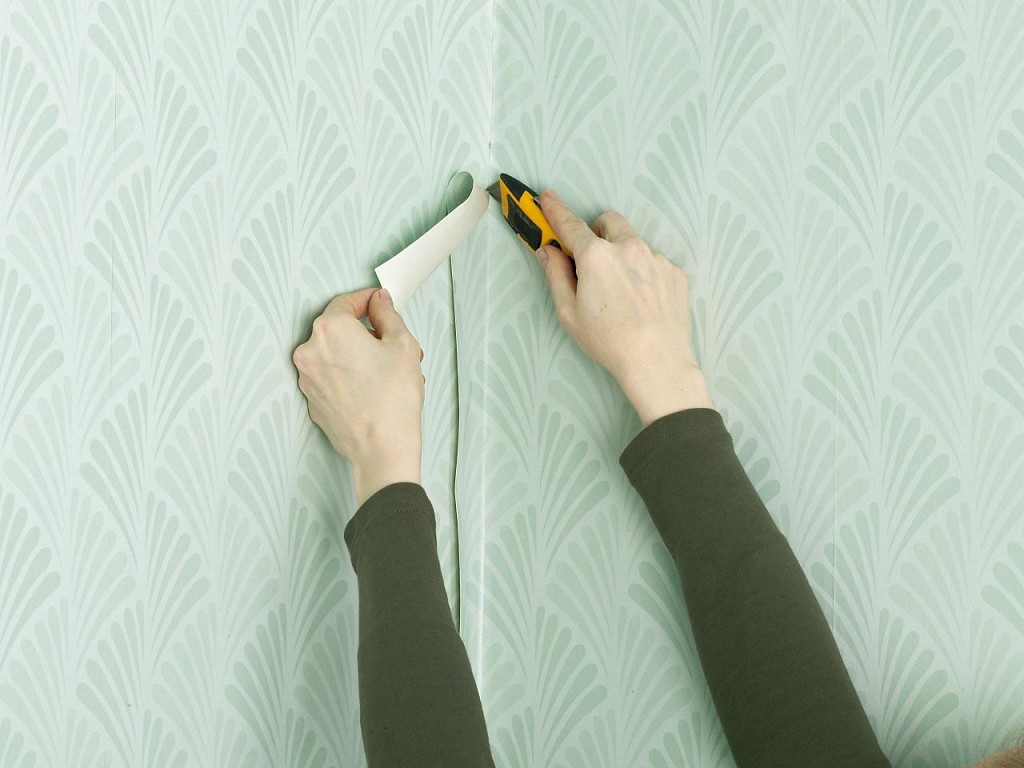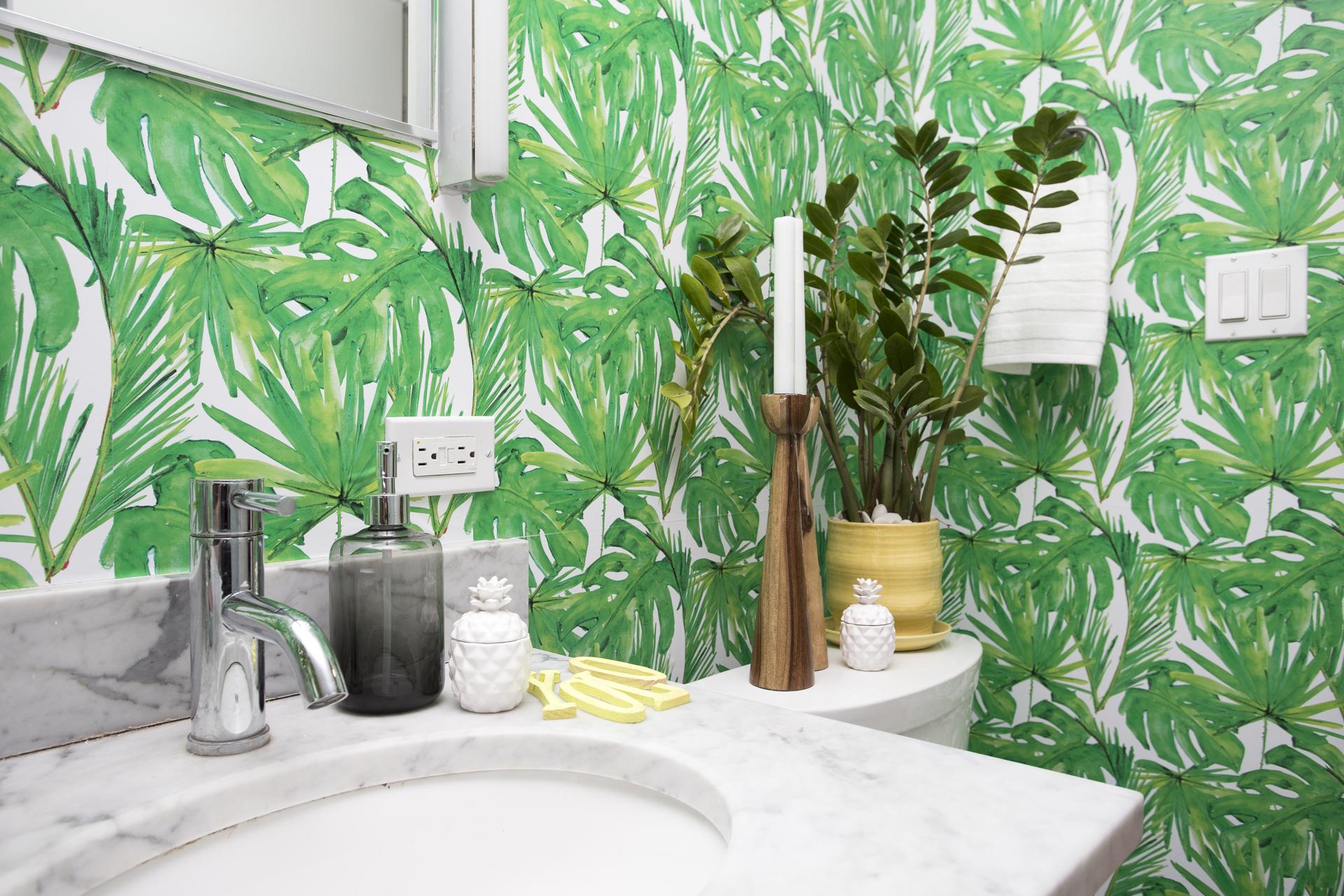How to properly dock the wallpaper: do the repair yourself
Content
Wallpaper is a type of finishing material, they are glued at the final stage of repair. Successful combinations can be obtained by using two or more types, but then a difficult but solvable problem arises - matching the wallpaper.
What equipment will be needed in the work?
If you hire experienced workers to complete the work, you will have to spend about the same amount of money on services as on material. With self-pasting, money can be saved, but you will have to familiarize yourself with the process of performing work and everything you need.
Inventory:
- wallpaper;
- wallpaper cutting knife;
- glue;
- bucket for glue;
- brushes of different widths for applying glue to the wallpaper;
- wallpaper spatula;
- plumb.
Work with pasting walls can only be started if all of the above is available.
Possible problems when docking wallpaper
When pasting walls, most are faced with the problem of uneven angles. This will be especially frightening for those who do not know how to dock the wallpaper when gluing. In fact, there are no perfectly even angles, so distortions or unevenness of the pattern may form during operation. It is possible to avoid such errors, but efforts must be made.
The complexity of the work of docked wallpaper also depends on the chosen type. When working with a paper web, glue should be applied, wallpaper should be glued to the wall as quickly as possible, as otherwise they may creep out. It will be especially difficult if you have a drawing. We must be prepared for the fact that in the process more than one canvas will deteriorate.
It is permissible to overlap, but it depends on the density of the canvas. It is necessary to adhere to the rule: wallpaper with a higher density requires less overlap. If cullet is used, even the slightest patch will be visible.
Vinyl wallpaper is glued in a different way. Glue is applied only to the wall. For fixing, a rubber roller is used, since the use of other types of them threatens that the spraying can be wiped off the vinyl wallpaper and their excellent appearance will deteriorate.
Non-woven wallpaper has its own characteristics. Further we will familiarize ourselves with the nuances of working with them.
Non-woven wallpaper, features of working with them
The reason for the popularity of non-woven wallpaper is that they have qualities that are not found in other types. These include:
- tensile strength;
- fire safety;
- excellent heat and sound insulation;
- do not change color when exposed to sunlight;
- are available both in a cheap version and rather expensive.
Glue for non-woven wallpaper is a powder that must be diluted in water. In this case, you must strictly follow the instructions on the packaging. Otherwise, the wallpaper may adhere poorly to the wall or take blisters. After applying the glue, let it soak into the canvas.
Work algorithm
The following algorithm will help you familiarize yourself with how to do the job correctly.
- Pasting the wall should begin with a vertical line drawn with a plumb line. It should be 15 cm from the corner.
- Stripes can be cut immediately, but only if the wallpaper does not have a pattern.
- Prepare the glue in the amount necessary for the day of work. Excess glue may deteriorate the next day.
- Cut the canvas, leaving a little margin.
- Spread the wallpaper face to the table and apply glue. After this, the canvas should be folded with the edges to the center and allowed to soak.
- Start gluing from the ceiling, moving to the bottom of the canvas. Drive the air with a spatula from the center to the edges. Remove excess glue with a damp cloth.
- A new sheet must be glued joint to joint in relation to the previous one. This technique will help to avoid curvature and discrepancies in the patterns.
- After the wallpaper is docked, they must be carefully passed with a spatula.
At the end of pasting, it is necessary to maintain air humidity and a stable temperature in the room. Otherwise, the joints may begin to peel off.
How to dock wallpaper on the corners?
Correctly paste the wallpaper in the corners will help the following algorithm.
- Angle preparation. Such work is carried out when puttying the walls. Special plastic corners are installed in the corner of the wall. Mounted on putty. Then carry out the alignment.
- Pasting corners with wallpaper. If the wall is uneven, it will help to trim the picture on the canvas in the corner. The corner section is smeared with glue. Glue start from top to bottom from left to right.
- Leveling the canvas. Responsible leveling of the canvas on the wall will help get rid of defects, achieve good adhesion to the surface. The joint should not be more than 5 mm. After the wallpaper is glued, the remainder, if any, is cut off with an office knife.
Wallpaper with a pattern
The presence of a pattern on the wallpaper complicates the process of gluing both corners and walls. In the presence of vertical lines, distortions immediately appear in the corners of the room, with horizontal patterns - overlapping paintings or skewing in relation to the ceiling to the floor.
The following tips will help you avoid such troubles:
- it is necessary to do a small overlap on the previous canvas;
- if curvature has formed, it is necessary to transfer it to the upper part, then hide it behind the panels;
- A smooth edge must be glued on a plumb line, the excess part must be cut off with the help of an office knife.
Compliance with these tips will help minimize distortion, more successfully dock the wallpaper.
How to make a joint when using different types and types of wallpaper?
There are several universal options for joints that will suit different types of wallpaper:
- make a classic joint. Wallpaper on the wall is glued with non-greased edges. Next, draw a line, cut the joint. After that, the non-lubricated part is treated with glue, glued.
- horizontal stripes. In this case, draw an even line in level, glue the upper, then the lower part.
Of course, for a beginner in wallpapering, difficulties may arise, but the desire to learn, to make yourself happy, will help to overcome all difficulties and next time it will be much easier.
